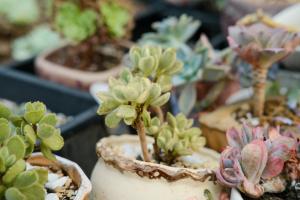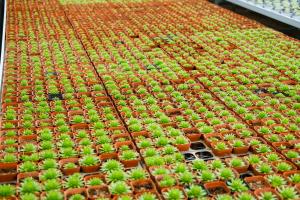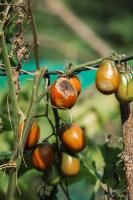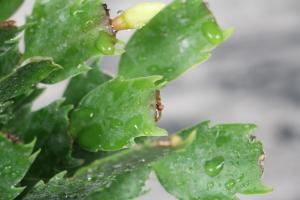Do Cherry Tomato Plants Grow Back Every Year?
Cherry tomatoes are a delicious and popular variety of tomato grown in home gardens and farms all over the world. They are small, sweet, and easy to grow, which makes them a favorite of many gardeners. There are different types of cherry tomato plants, and they vary in terms of size, taste, and growth habit. One common question that gardeners often ask is whether cherry tomato plants grow back every year. Let's find out.
Annual vs. Perennial Plants
Before we answer the question, it's essential to understand the difference between annual and perennial plants. Annual plants complete their entire life cycle in one growing season. They germinate, grow, flower, and produce seeds in a year, and then die. Examples of annual plants include petunias, marigolds, and zinnias. Perennial plants, on the other hand, have a longer lifespan. They live for several years and go through multiple growing seasons. Examples of perennial plants are trees, shrubs, and many types of flowers.
Cherry Tomato Plants: Annual or Perennial?
Cherry tomato plants are classified as annual plants. They grow and produce fruit in one growing season and then die. However, they are often treated as perennial plants in mild-winter climates or areas with long growing seasons. Many gardeners prune their cherry tomato plants in the fall, leaving them in the ground, and the plants sprout again in the spring, producing another crop of cherry tomatoes. This practice is called "overwintering," and it can be successful with proper care and protection.
Factors that Affect Cherry Tomato Plant Growth and Productivity
Several factors can affect the growth and productivity of cherry tomato plants. The most crucial factor is the climate. Cherry tomato plants require warm temperatures and plenty of sunlight to grow and produce fruit. They need at least six to eight hours of direct sunlight per day. If the climate is too cold or too hot, the plants may not grow well, or the fruit may not ripen. Soil fertility and moisture are also essential factors. Cherry tomato plants require well-drained, fertile soil that is rich in organic matter. They need regular watering, especially during times of drought. Another critical factor is the presence of pests and diseases. Cherry tomato plants are susceptible to common tomato pests such as aphids, whiteflies, and tomato hornworms. They can also suffer from diseases such as blight, wilt, and blossom end rot.
Caring for Cherry Tomato Plants
To ensure healthy growth and productivity of cherry tomato plants, gardeners need to take good care of them. Here are some tips:
Provide adequate sunlight and warmth
Plant in well-drained, fertile soil
Water regularly
Feed with fertilizer high in potassium and phosphorus
Prune and stake plants to prevent diseases and pests
Harvest fruit regularly to encourage new growth
In Conclusion
Cherry tomato plants are annual plants that produce fruit in one growing season and then die. However, with proper care and protection, they can be treated as perennial plants in mild-winter climates and overwintered for another season. To ensure healthy growth and productivity, gardeners need to provide adequate sunlight, soil fertility, moisture, and protection from pests and diseases. With the right care, cherry tomato plants can provide an abundant harvest of delicious and nutritious fruit for many months.

 how many times do yo...
how many times do yo... how many planted tre...
how many planted tre... how many pine trees ...
how many pine trees ... how many pecan trees...
how many pecan trees... how many plants comp...
how many plants comp... how many plants can ...
how many plants can ... how many plants and ...
how many plants and ... how many pepper plan...
how many pepper plan...






























